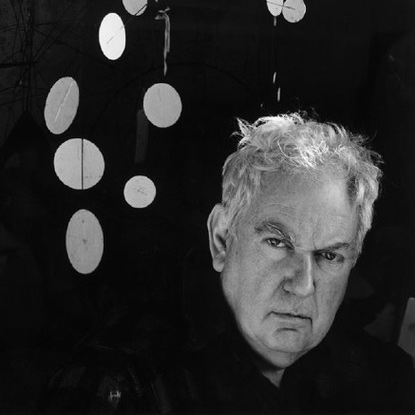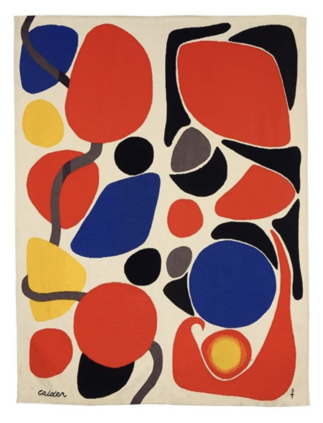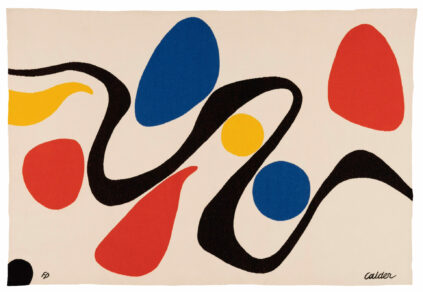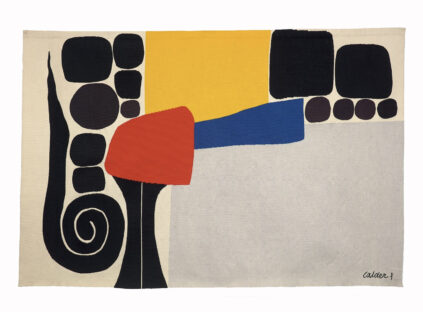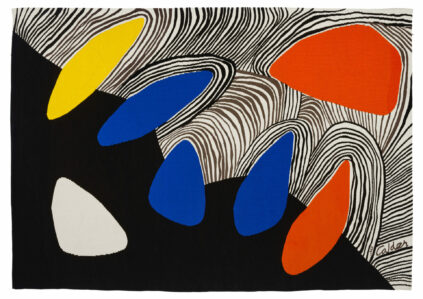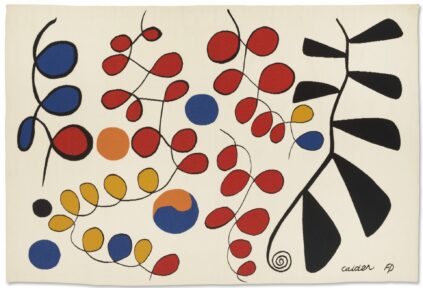Alexander Calder
Artworks
Biography
Alexander Calder and the Aubusson Tapestry: A Symbiosis of Kinetic Sculpture and Textile Art
Alexander Calder (1898-1976) was an iconic American artist of modern art, recognized worldwide as the master of mobile forms and one of the pioneers of kinetic sculpture. His revolutionary practice explored balance and movement, notably through his famous mobiles, which offer the viewer a constantly evolving artistic experience. Through his creations, Calder transformed the traditional approach to sculpture, introducing a poetic lightness and subtle play with gravity and space. Retrospectives at the Musée d’Art Moderne de Paris, the Whitney Museum of American Art, and the major exhibition at the Guggenheim Museum in 1964 solidified his major influence on twentieth-century art.
In the early 1930s, Alexander Calder joined the Abstraction-Création group, a Paris-based international collective founded to promote abstract art in opposition to the return to figuration. Alongside artists such as Piet Mondrian, Jean Arp and Theo van Doesburg, he became part of a European avant-garde dynamic, reinforcing his commitment to abstraction and movement. These exchanges shaped his own artistic language, and consolidated his place among the influential figures of modern art.
In the 1960s, Calder began working with tapestry, finding the medium a natural extension of his graphic forms and primary colors. His involvement with tapestry took shape through collaborations with key figures in the field, such as Gloria Ross and Pierre Baudouin. Close to the town of Aubusson, Calder discovered tapestry workshops and made friends with specialized craftsmen. He was enchanted by this ancestral know-how, and became intensely involved in every stage of the creative process, using Australian wool dyed according to his precise instructions. Each tapestry required around a month of meticulous work per square meter, revealing the exceptional alliance between the artist and the master weavers.
This fruitful cooperation enabled Calder to push back the boundaries of sculpture and reimagine his kinetic compositions in a new textile form. Calder’s Aubusson tapestries represent a successful bridge between geometric abstraction, kinetic art and traditional textile art. These works embody a harmonious synthesis of Calder’s artistic universe and Aubusson’s know-how, making them part of twentieth-century art history.
Discover the fascinating world ofAlexander Calder at Galerie Hadjer, where we feature his Aubusson tapestries, a perfect fusion of artistic innovation and textile heritage.
